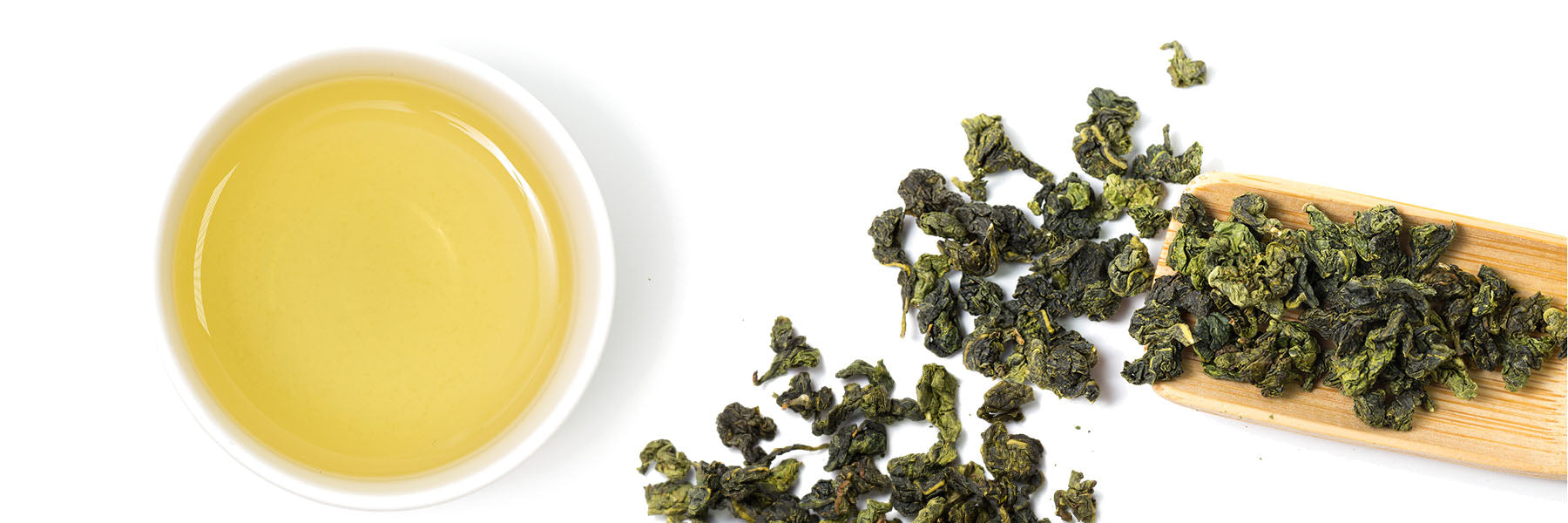Secrets of Pu erh Tea

Pu erh tea is definitely #1 tea on the planet, then what do you know about this tea. There are so many curious questions we have to find out one by one.
- Why pu erh tea is compressed into tea cake and tea brick.
Pu erh tea is from very remote mountain area where only small bumpy trails built for man carrying and horses. Compressed tea was originally made for ease of transport. One horse could only carry 50 kilograms of loose form tea at that time, but compressed tea made a bigger load which save 40% on transportation expense. Later, compressed tea was found not only good for transport, but also easy to store, and even more fragrant after time stored. That is the primary reason why pu erh tea is compressed into shape tea.
- Why there are 7 pieces tea cake in one wrap?
In Qing Dynasty, due to ease calculation of tax levied on amount of each tea, Qing government proposed Yunnan tea to be packaged Qi Zhi Tea (7 sons) that packaged seven tea cake in one wrap. The odd number 7 was also a luck number, symbolized prosperity of posterity (7 sons) in the old time.
- Why most of standard pu erh tea cake is weighed 357 grams?
The standard requirement for each exporting box is 30 kilograms in old time. According to the international customary rule, 12 wraps were packaged to one exporting box, and 7 pieces in a wrap. Here is the math: 30/12=2.5kg, 2.5/7=357g
So after, the weight of each pu erh cake was standardized to 357g and 7 cakes per wrap.
- What is imperial pu erh tea?
Imperial pu erh is a name for a top quality of ripe pu erh tea grading.
- Why there are raw “sheng” pu erh tea and ripe “shu” pu erh tea?
Ripe pu erh tea was first made to fasten producing time. In the earlier 1970’s, pu erh tea demanding to Hong Kong increased greatly, 800 tea houses in Hong Kong comsumed 1600 tons pu erh tea in one year. Traditionally pu erh tea should take years to naturally convert and age. The small limited production never reached its tremendous demands from Hong Kong. In 1973, the chairman of Kun Ming pu erh tea manufacture, Wu Qi Ying proposed a new idea that fasten aging time with manual fermentation. In 1974, the new tea, ripe pu erh tea was born.
- What are the codes on some of pu erh tea paper wrap?
The codes of pu erh tea basically designate processing recipe, tea quality, ingredients and manufacturer.
- The secret of primitive ancient arbor
The core production region of pu erh tea includes three areas; XishuangBanna, Puer and Lincang. Among these areas, Xishuang Banna is located in the most south end of Yunnan, where the most primitive and most famous ancient arbor tea is coming from including the king of pu erh tea, “Lao Ban Zhang”. And, this area is the only rainforest preservation in China.
- Secret of pu erh tea ingredients
There are two types of pu erh tea among quality. One is made of only one single type of leaves while the other one is blended from different leaves. The blended pu erh tea may be made with two or more types of leaves from different regions, or from different seasons. Single ingredient pu erh tea could be ingredients mixed from same region and from same season.
- Why pu erh tea is so expensive?
Pu erh tea can be stored for long time and has no expiration. The more aged tea, the more expensive, and the better taste. It is known as “drinkable antique”. People buy new made good pu erh tea and convert their own pu erh tea by storing pu erh under specific controlled room for itself conversion and resell it after years for much higher price.
- Which infusion is the best?
The first infusion taste relatively lighter like water, while second infusion is more like tea. The prime cup is from third and fourth infusions, and fifth and sixth are not bad either. Seventh and eighth has remaining aroma and flavor, as well as ninth and tenth infusions.
- Why some pu erh tea taste fishy?
Fishy pu erh, normally specifically indicate a unique flavor of fermentation result of ripe pu erh tea from Meng Hai tea region. Because of the special geologic environment, Meng Hai native water used for ripe pu erh fermentation will bring up fishy flavor, it has nothing to do with leaf quality. Good manufacture will handle properly to lighten out the fishy flavor with enough airing time after pile fermentation. Generally, fishy taste pu erh is an indication of low-quality tea, not leaf quality, but processing quality, because of short airing time after fermentation or improperly storage condition. If you unluckily, bought a fishy pu erh, save it to consume after years storage and don’t forget to pry it off to small pieces to air out for two weeks before use. Time will help to lighten out this unwanted flavor.











